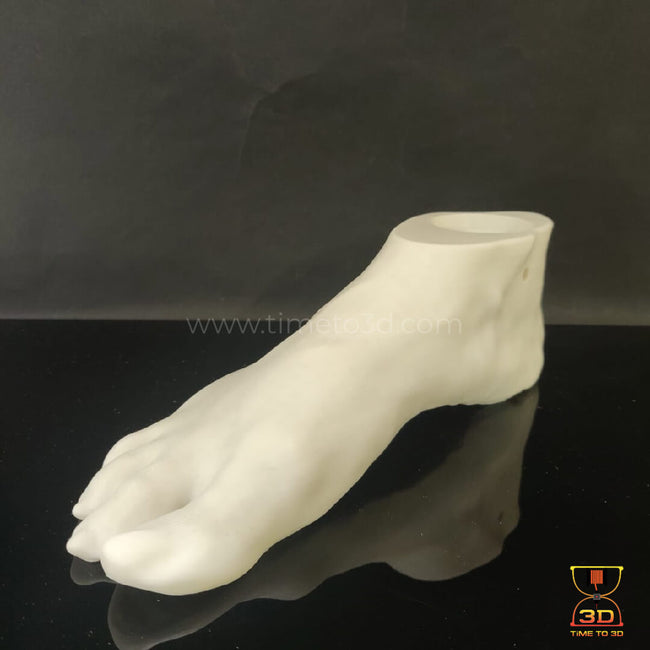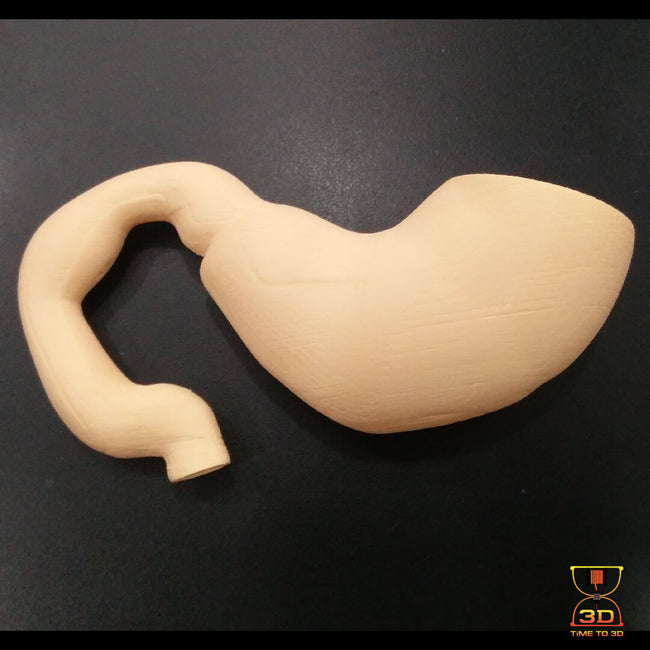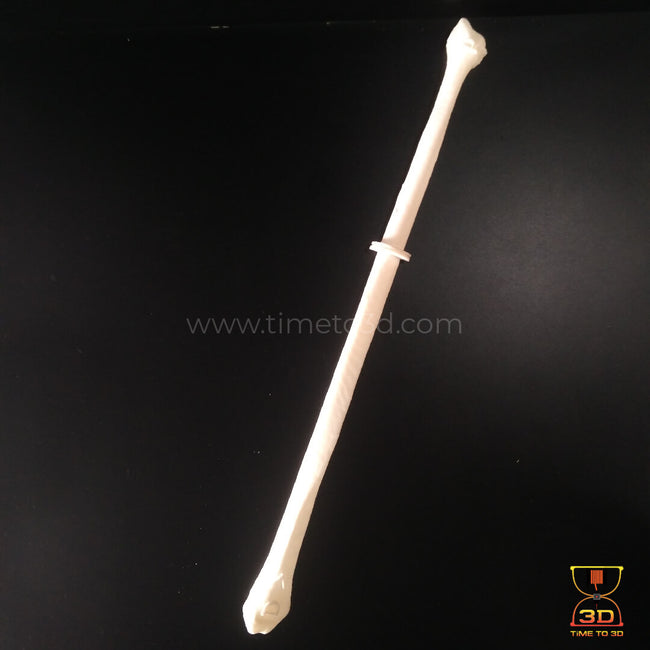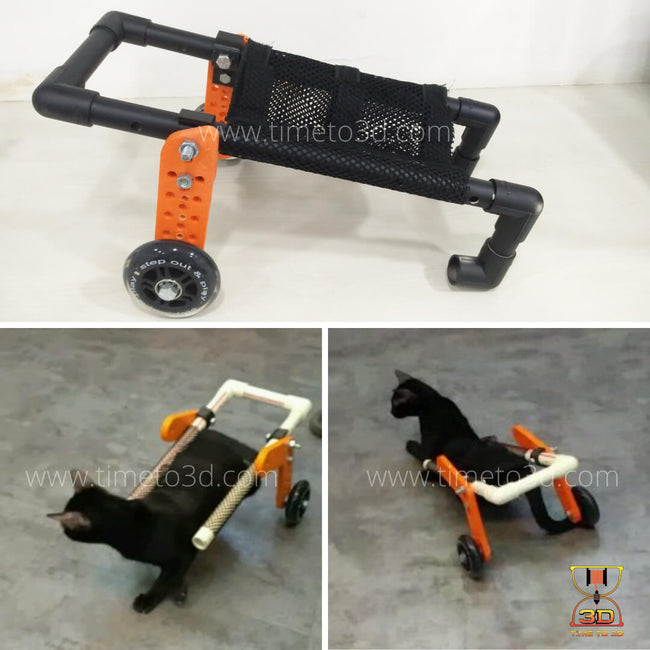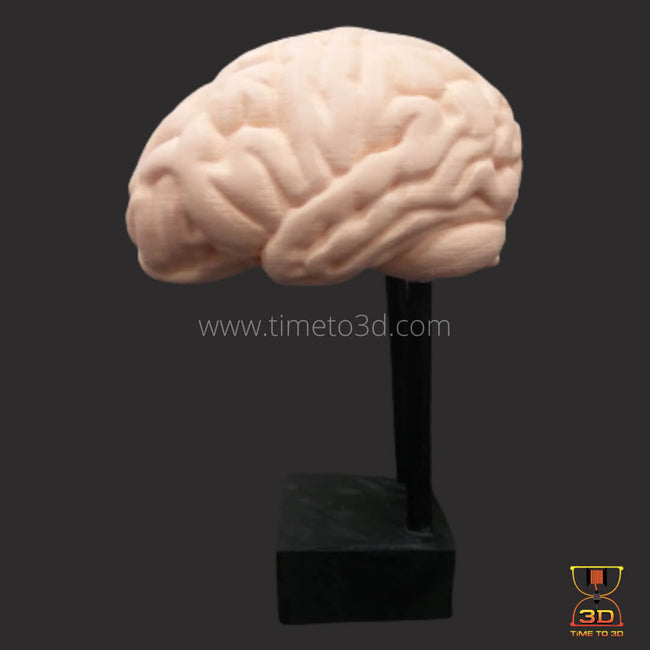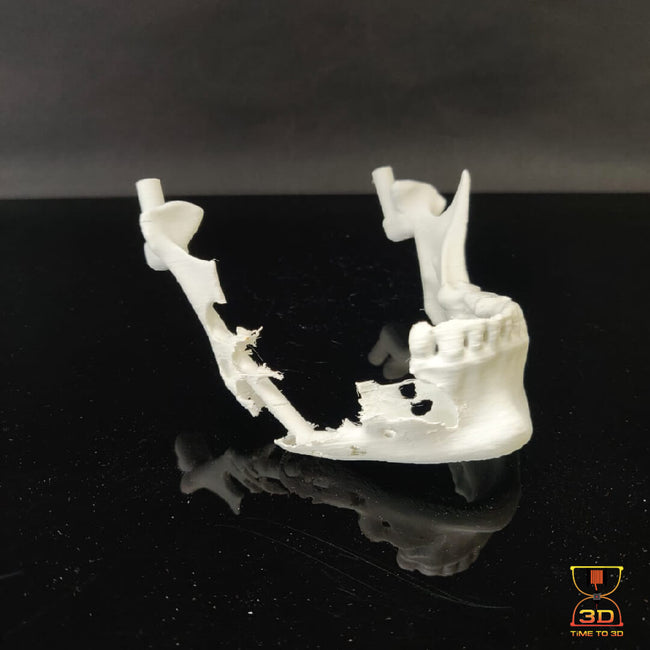No Products in the Cart
Preclinical studies are essential in protecting patient safety, meeting regulatory requirements and evaluating a new device's performance. These devices can be 3D printed and clinically tested and can simulate blood flow, embed sensors and mimic a variety of tissue properties.
Perhaps the biggest advantage of 3D printing in the medical field is the ability to make customized equipment and solutions. The human anatomy is as different as every individual on the planet and a one solution for all method does not always work. 3D printing enables doctors to make prosthetics based on the patients characteristics, fabricating different types of tissues and creating different bone structures where even the thickness of the bone can be controlled.
3D printing has made the production of prototypes in small quantities affordable. Smaller procedures can now be tested and developed as per the customers parameters. Tools and devices can be 3D printed and thoroughly tested before investing in mass manufacturing.
Developing a prototype or making a prosthetic or implant are time consuming tasks and usually have a long delivery time. Since 3D printing can read digital data, it can make the same prosthetics or implants fast and accurate to the decimal. These can also be replicable or scalable making the whole process efficient and highly productive.
With the process having become easier and cheaper, more researchers and doctors can innovate and develop newer designs, further contributing to the advancement of the healthcare industry.
Technology is also being developed where, by using bio-inks, proteins and other constituents a tissue or organ can be 3D printed layer by layer. Bioprinting is the next revolution in the healthcare sector and research is being conducted on 3D printing human tissue, organs, skin and bones!
